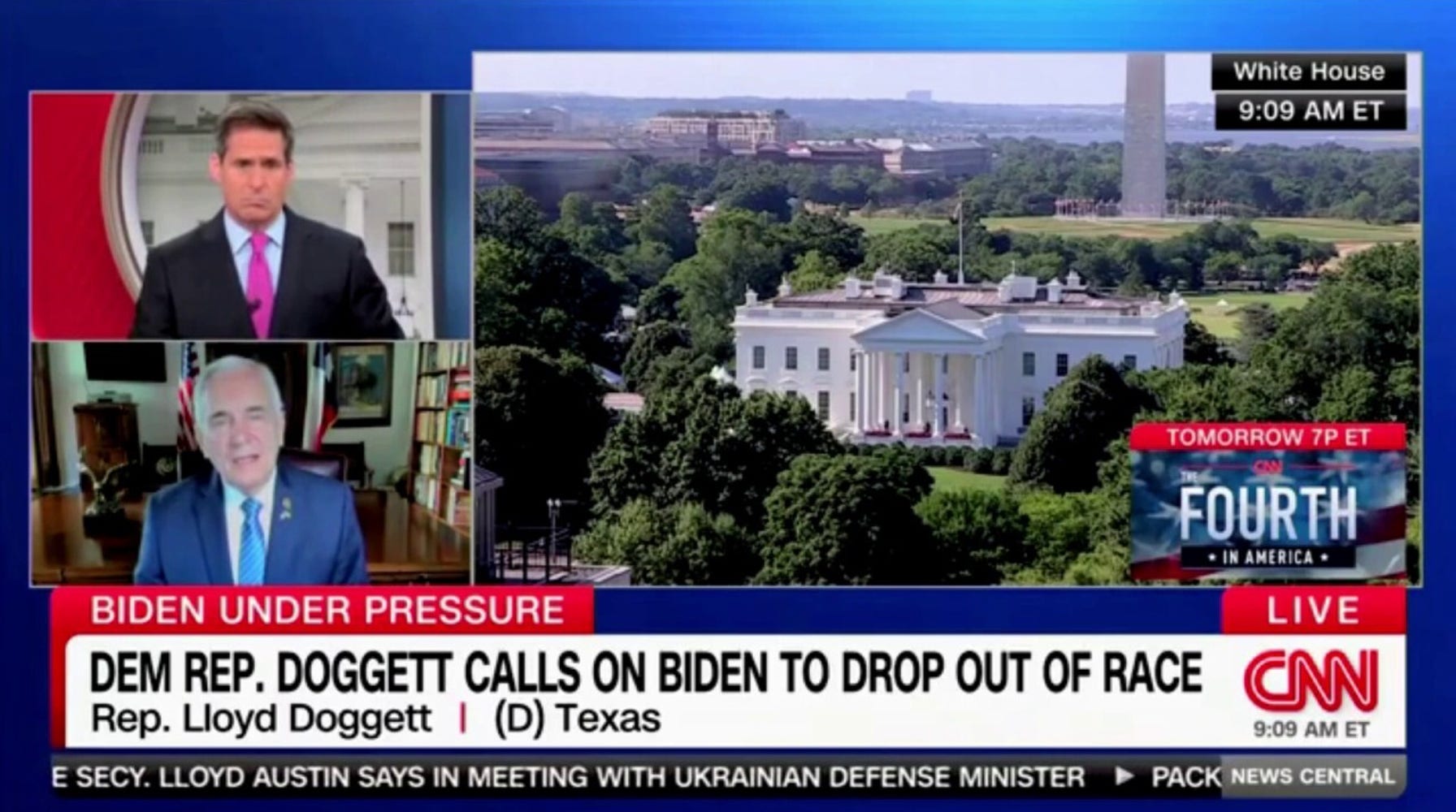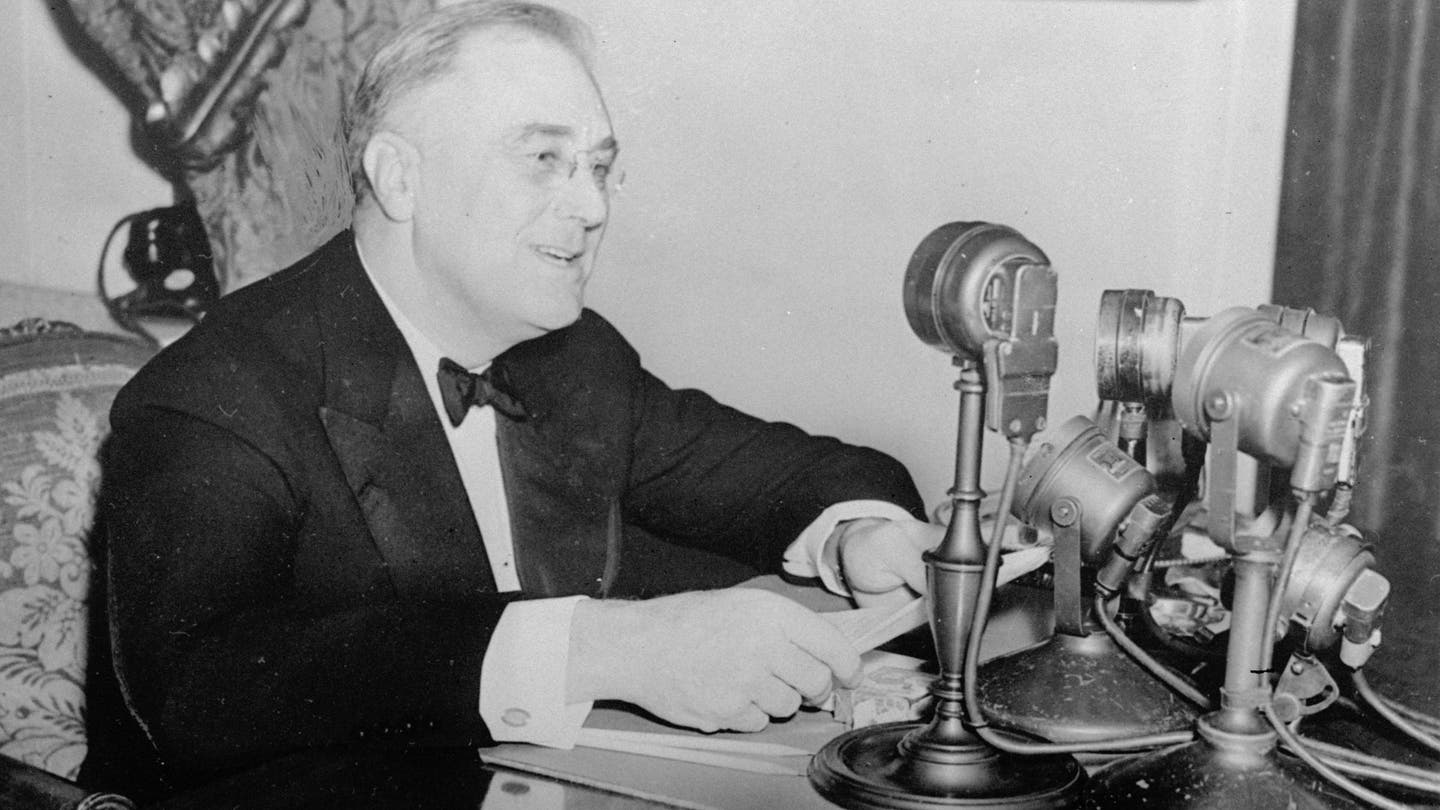Presidential Succession in the 25th Amendment: Lessons from FDR's Vice Presidential Choice
- July 5, 2024 11:04pm
- 144
As the 2024 presidential campaign heats up, the 25th Amendment, designed to ensure the continuity of government in the event of a president's incapacitation, takes center stage. This article examines the amendment's history, its use, and its importance in the current political climate, drawing parallels to President Franklin D. Roosevelt's 1944 vice presidential selection and the subsequent succession of Harry S. Truman.
With the recent confirmation of President Joe Biden and former President Donald Trump securing their party's respective nominations, the delegates have a chance to consider the elements of the 25th Amendment when nominating and voting on a vice president for the 2024 presidential campaign.
The 25th Amendment to the Constitution was proposed by Congress and ratified by the states after President John F. Kennedy was assassinated on November 22, 1963. The amendment provides important procedures for replacing the president or vice president in the event of death, removal, resignation, or incapacitation.

Presidential Succession in the 25th Amendment: Lessons from FDR's Vice Presidential Choice
The amendment has been used once in the mid-1970s first when Gerald R. Ford replaced Spiro Agnew as vice president, then when Ford replaced Richard Nixon as president. Nelson Rockefeller then filled the resulting vice presidential vacancy when Ford assumed the presidency.
With a world not unlike that of 1945—with Axis powers, warfare, and an unknown future in mind—it is useful to recall FDR's 1944 convention and campaign with his new vice-presidential candidate, Harry S. Truman.

Presidential Succession in the 25th Amendment: Lessons from FDR's Vice Presidential Choice
The 25th Amendment provides four sections to ensure the continuity of government in the event of a president's incapacitation.
**Section 1** is used in case of the removal of the president from office due to the president's death or resignation. In this case, the vice president shall become president.

Presidential Succession in the 25th Amendment: Lessons from FDR's Vice Presidential Choice
**Section 2** is used whenever there is a vacancy in the office of the vice president, requiring the president to nominate a new vice president who, after a majority vote of both Houses of Congress, will be able to take office.
**Section 3** has been used during presidential surgeries where the powers and duties of the president are discharged by the vice president as acting president. The first time we had an "Acting President" under this section is when President Ronald Reagan sent a letter to Congress announcing that Vice President George H.W. Bush would serve as "Acting President" during his July 1985 surgery at Bethesda Naval Hospital.

Presidential Succession in the 25th Amendment: Lessons from FDR's Vice Presidential Choice
**Section 4** is the judgment section that compels the vice president and a majority of either the principal officers of the executive departments to transmit to the president pro tempore of the Senate and the speaker of the House of Representatives their written declaration that the president is unable to discharge the powers and duties of the office.
Once this is done, the vice president assumes the powers and duties of the office as "Acting President."

Presidential Succession in the 25th Amendment: Lessons from FDR's Vice Presidential Choice
With external and internal economic and security challenges facing the nation, the political candidates themselves and the policy power brokers should listen intently to the concerns of the American people who remain risk-averse to shocks within the U.S. government related to President Joe Biden's health or another gray swan event.
With the historical performance of President Harry S. Truman in mind, let's be thoughtful in selecting the right vice president using the 25th Amendment as a guide. Let's really think about presidential succession and do it right before the president is no longer able to serve or a significant Gray Swan event emerges.

Presidential Succession in the 25th Amendment: Lessons from FDR's Vice Presidential Choice
Related articles
-
 US Defends Israel from Iranian Missile Barrage with Ballistic Missile Interceptors
In a coordinated effort, the USS Cole and USS Bulkeley guided-missile destroyers successfully intercepted Iranian ballistic missiles targeting...
US Defends Israel from Iranian Missile Barrage with Ballistic Missile Interceptors
In a coordinated effort, the USS Cole and USS Bulkeley guided-missile destroyers successfully intercepted Iranian ballistic missiles targeting...
- 05 Oct 2024
-
 Pennsylvania Town Overwhelmed by Migrant Influx, Residents Fear for Safety and Quality of Life
Charleroi, a small town in Pennsylvania, has witnessed a staggering 2,000% increase in its migrant population over the past two years, putting public...
Pennsylvania Town Overwhelmed by Migrant Influx, Residents Fear for Safety and Quality of Life
Charleroi, a small town in Pennsylvania, has witnessed a staggering 2,000% increase in its migrant population over the past two years, putting public...
- 05 Oct 2024
-
 Elon Musk's Unwavering Support for Trump: A Journey into Political Polarization
Billionaire entrepreneur Elon Musk's public endorsement of former President Donald Trump has sparked widespread reactions, revealing deep political...
Elon Musk's Unwavering Support for Trump: A Journey into Political Polarization
Billionaire entrepreneur Elon Musk's public endorsement of former President Donald Trump has sparked widespread reactions, revealing deep political...
- 05 Oct 2024
-
 Universities Brace for Anti-Israel Protests as October 7 Anniversary Approaches
With the anniversary of the October 7th Hamas terrorist attacks in Israel fast approaching, universities and college students are bracing for renewed...
Universities Brace for Anti-Israel Protests as October 7 Anniversary Approaches
With the anniversary of the October 7th Hamas terrorist attacks in Israel fast approaching, universities and college students are bracing for renewed...
- 04 Oct 2024
-
 Los Angeles' Car-Free Olympic Gamble: A Risky Proposition
Los Angeles' ambitious plan for a car-free 2028 Olympics faces numerous challenges, including missed infrastructure deadlines, safety concerns, and...
Los Angeles' Car-Free Olympic Gamble: A Risky Proposition
Los Angeles' ambitious plan for a car-free 2028 Olympics faces numerous challenges, including missed infrastructure deadlines, safety concerns, and...
- 04 Oct 2024
-
 The Fate of Never Trumpers: Vance's Victory Seals the Triumph of Trumpian Populism
Ohio Senator JD Vance's strong performance in the vice-presidential debate has solidified the dominance of Trumpian populism within the Republican...
The Fate of Never Trumpers: Vance's Victory Seals the Triumph of Trumpian Populism
Ohio Senator JD Vance's strong performance in the vice-presidential debate has solidified the dominance of Trumpian populism within the Republican...
- 04 Oct 2024

Leave a comment
Your comment is awaiting moderation. We save your draft here
0 Comments
Chưa có bình luận nào